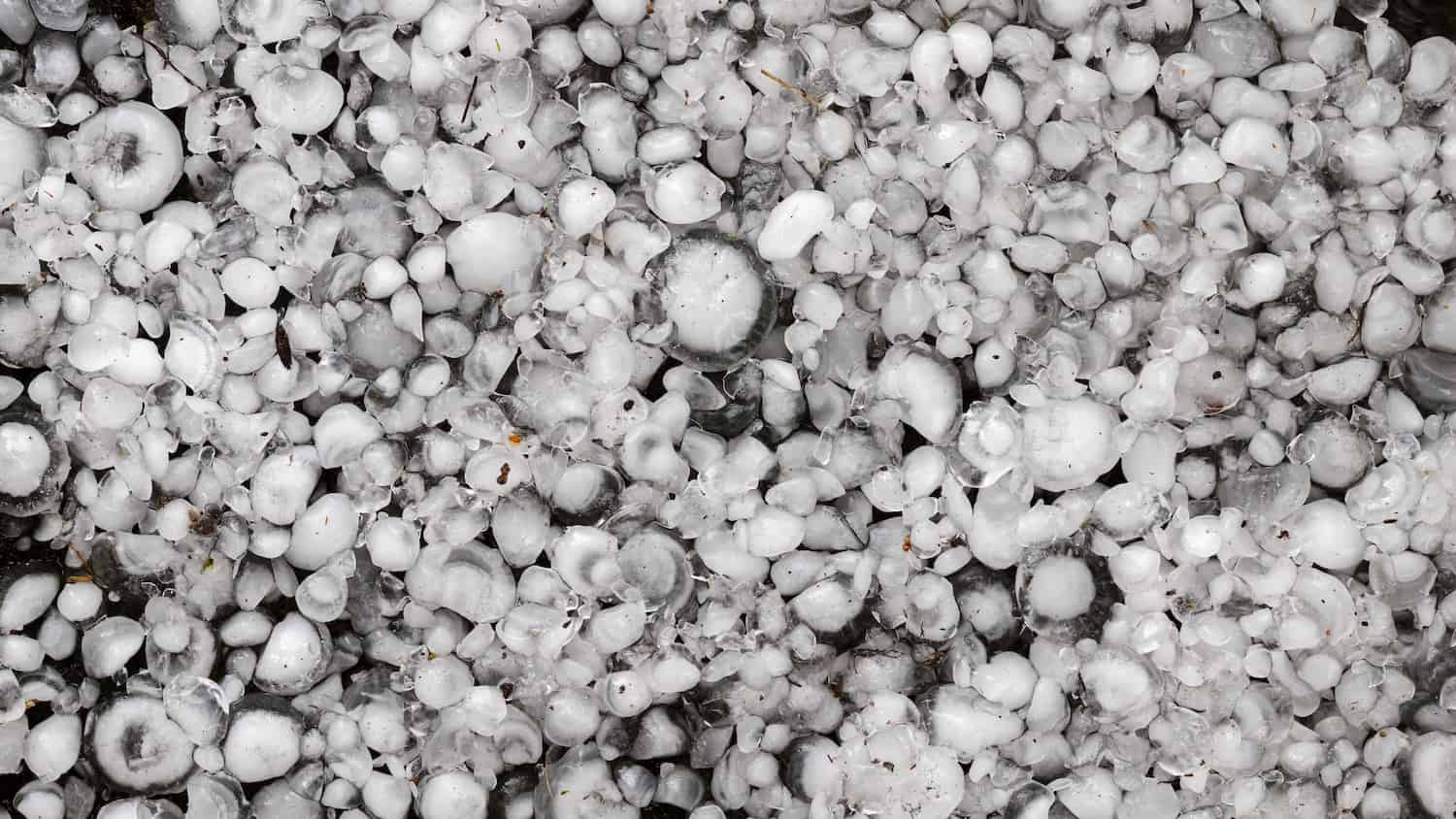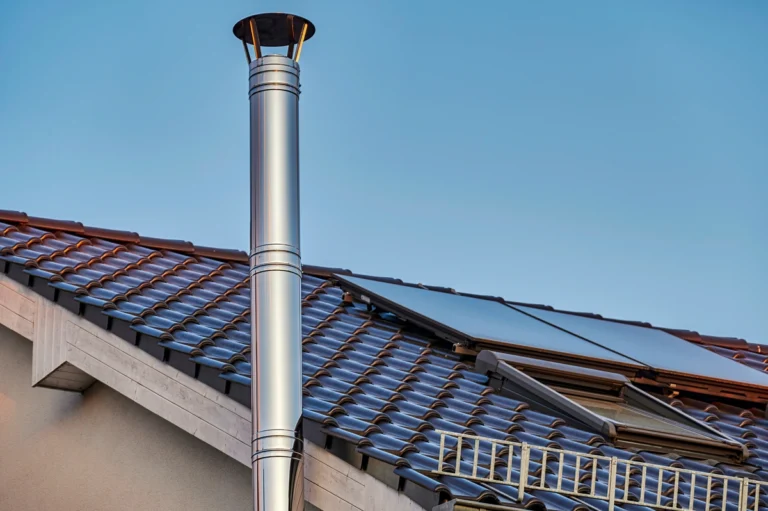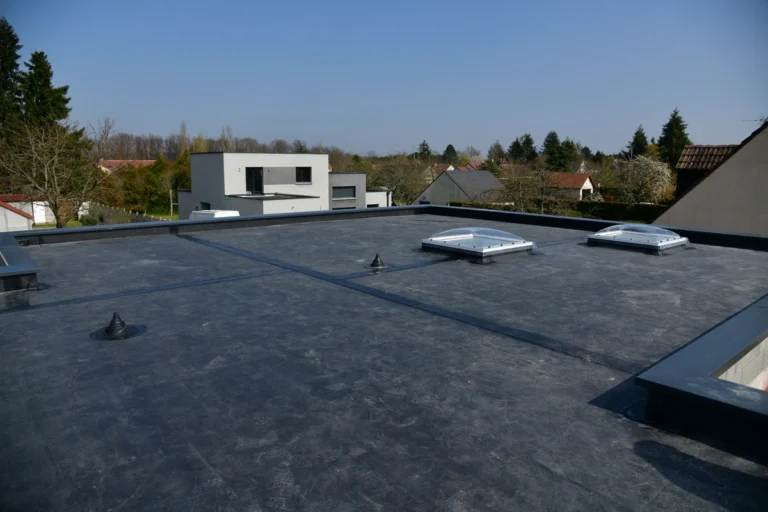Did you know that nearly all severe thunderstorms produce hail? But whether or not that hail reaches the ground is the question.
In 2021, there were 3,762 hail reports across the country— the vast majority occurring in the Midwest and South Central U.S. That’s a lot of hail! Homeowners in these regions may be familiar with hail storms, but what about roof damage? What size hail will damage a roof? This is the real question we need to know.
Today, we’ll detail how much or how big hail needs to be to cause significant damage to your home— because when hail hits, you need to act fast to repair the damage.
How Does Hail Form?
Hailstones form in thunderstorms when strong updrafts of air blow raindrops into an area of colder temperatures. These supercooled water droplets freeze and turn into ice pellets. As these pellets are carried upward, they pick up more water droplets and grow in size. The hailstones eventually become too heavy to be carried by the updrafts and fall to the ground.
The size of hailstones is determined by the strength of the thunderstorm’s updrafts and the temperature gradient within the storm. The stronger the thunderstorm, the larger the hailstones can grow. However, if the temperature difference between the bottom and top of the thunderstorm is small, the hailstones will not grow very large. While technically, all large (supercell) thunderstorms produce hail, not all produce hail that holds its form enough to fall to the ground.
How Big Does Hail Have to Be to Cause Roof Damage?
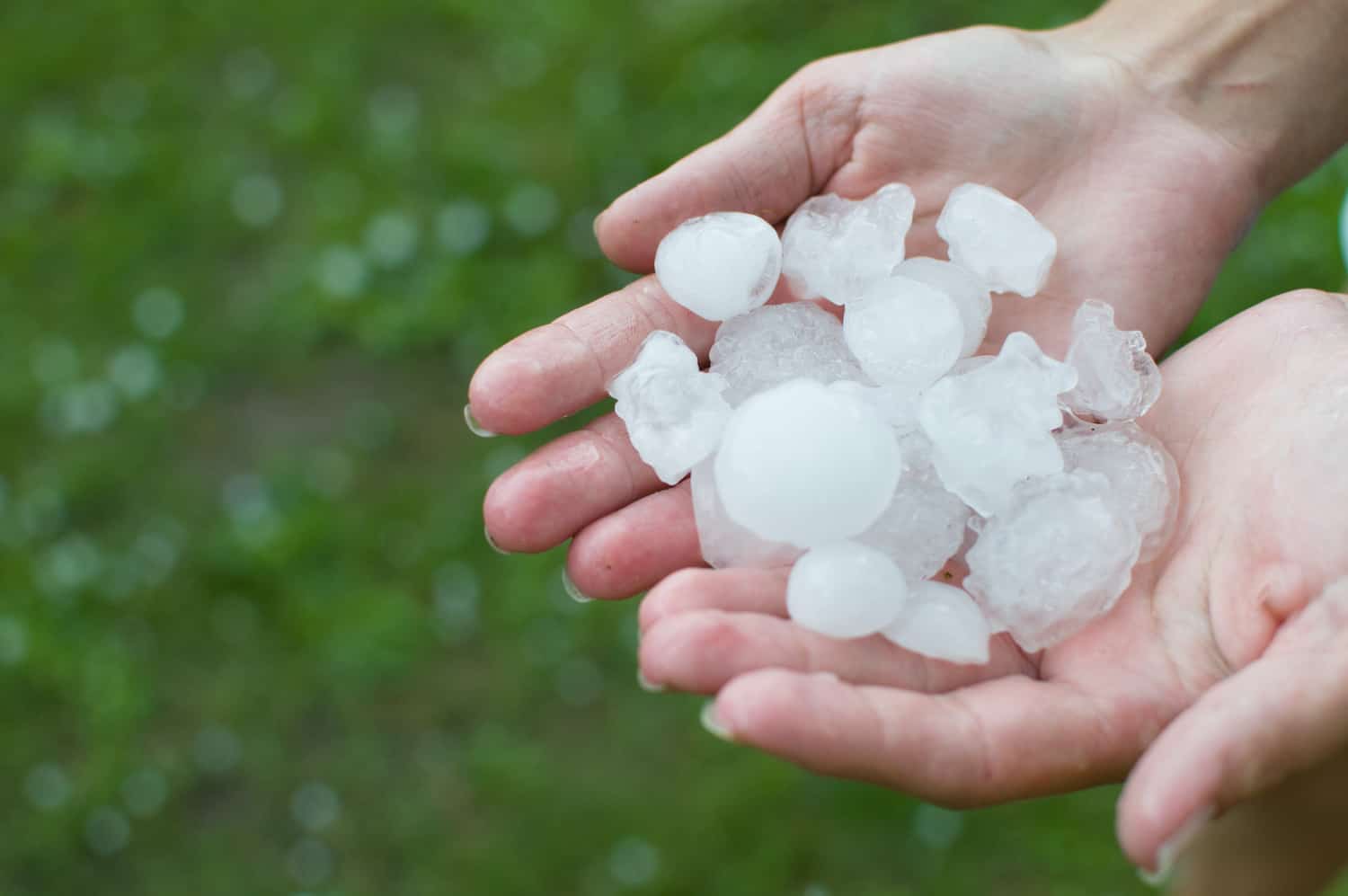
It’s a common misconception that hail must be a huge golf ball sized to cause damage to homes or vehicles— but this is not the case. In general, hail around 1 inch in size or larger will cause pretty extensive damage to your home. But high winds carrying smaller hail can be just as detrimental.
Most hail will be 2 inches or smaller, or at least expected to be 2 inches, but by the time it reaches the ground, it can be as small as a pea. Whether it’s pea-sized or golf ball sized, some damage that can occur due to hail includes:
- Dents in shingles, gutters, siding, etc.
- Loss of shingle granules
- Cracked vinyl siding or asphalt shingles
- Clogged gutters
- Chimney, skylight, or roof vent damage
If you watch a severe thunderstorm pass over your home and notice hail, whether you can see the damage with the naked eye or not, an inspection is vital to prevent any water leaks or unseen damage from growing worse.
How to Spot Roof Hail Damage
Spotting hail damage on your roof can be tricky if you don’t know what to look for. Here are a few places to check:
- The eaves and gables of your roof
- Vents, skylights, and chimneys
- Shingles, shingle tabs, and roof flashings
- Gutters and downspouts
If you have any doubts, it’s always best to contact a professional roofing contractor to inspect your roof for damage. They will be able to give you a better idea of what if any, hail damage has occurred and what needs to be done to repair it.
What to Do if You Find Hail Damage
If you find hail roof damage, you’ll want to do two things:
- File an insurance claim.
- Get a professional roof inspection.
Before doing anything, ensure you and your family are safe from any severe leaks or other damage. Some local contractors may even tarp your roof if you have extensive hail or wind damage from a severe storm. Once that’s handled, the next thing you should do is call your insurance company.
You will likely need to file a claim, and they will send an adjuster to inspect the damage. In most cases, your homeowner’s insurance will cover hail damage on your roof, which helps pay for roof repairs or replacement costs if the damage is extensive enough.
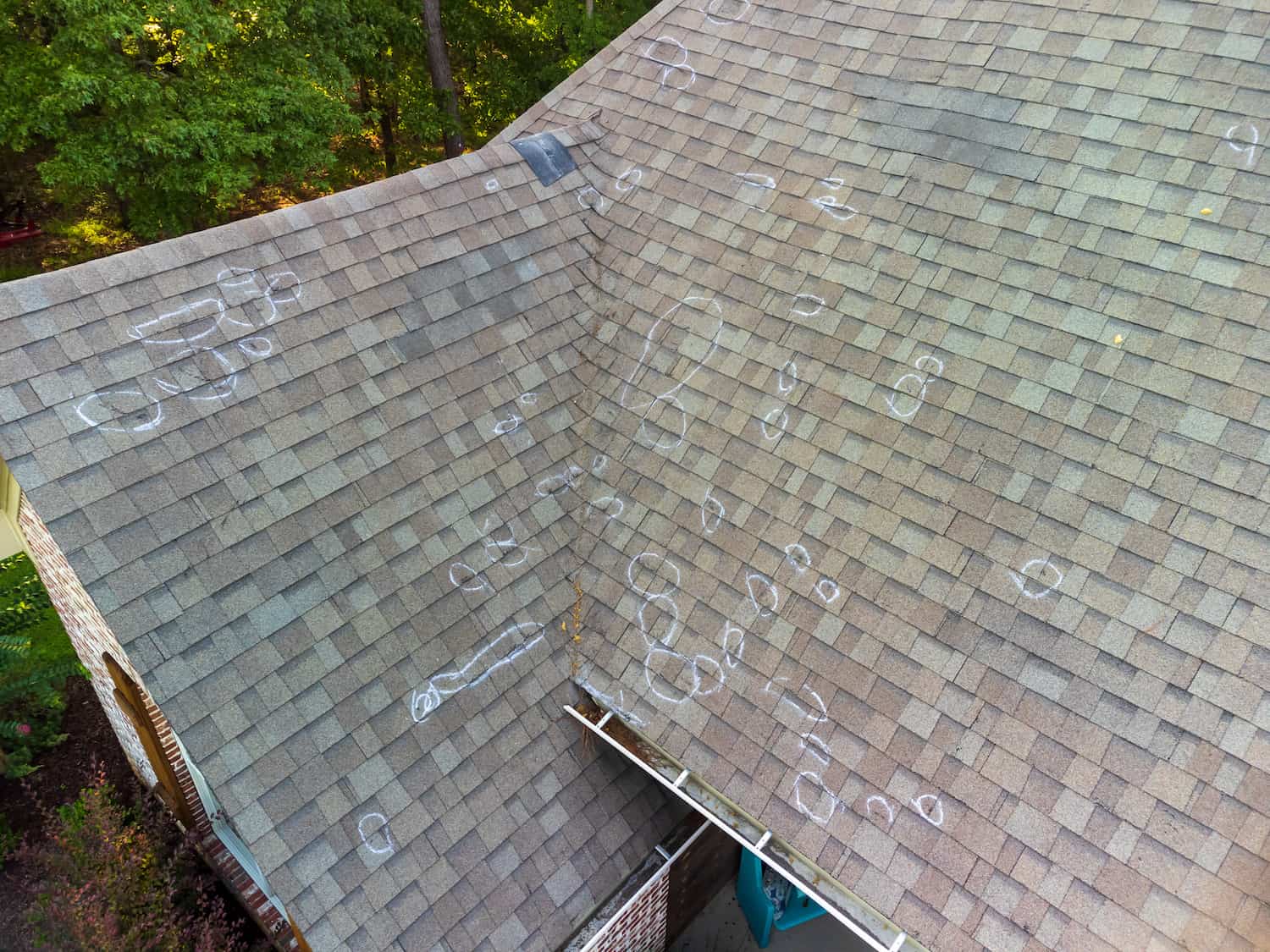
How to File an Insurance Claim
Filing insurance claims for hail can be confusing if you haven’t done it before, but luckily there are a few essential tips to make it a little bit easier and enhance your chances of getting approved.
- Thoroughly review your insurance policy to know what is/isn’t covered and how much your deductibles should be.
- Assess and document the damage yourself (safely).
- Get a professional roofing inspection and estimate.
- Most importantly, act fast. The longer you put off filing an insurance claim, the less likely you may be approved.
How to Get a Professional Roof Inspection
Getting a thorough roof inspection from a local roofer like Clean Cut Roofing is very important. They can inspect, diagnose, and estimate how much it may cost to repair or replace your roof based on the level of damage.
It’s imperative to choose a reputable contractor that won’t steer you wrong. Some tips for finding an honest roofer to inspect your hail damage include:
- Read ALL the Google reviews, especially the bad ones.
- Watch out for storm chasers who flock to areas hit hardest by storms and door-knock trying to sell cheap or free roofing services. If it seems too good to be true, it probably is.
- Choose a roofer who offers no-obligation inspections.
- Don’t get multiple estimates. It used to be common practice to get at least three estimates before filing a claim, but this is outdated, and as long as you get one good, thorough estimate, you should be good.
Make Your Home Whole Again With Clean Cut Roofing
When some 1-inch hail damages your home, it can be tough to know where to turn, but that’s where Clean Cut Roofing comes in. Our well-vetted team of roofers has the expertise and knowledge to inspect, diagnose, and solve your hail damage roof problems ASAP.We will give you an honest and fast estimate, so no time is wasted, and we can get your roof repaired faster than you can say, “hail damage.” For clean cut solutions, reach out to our team right away.
